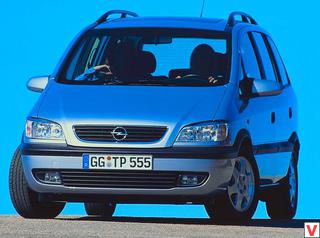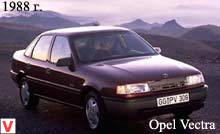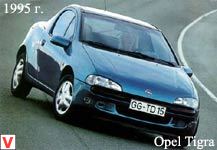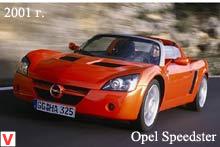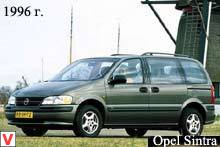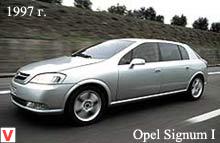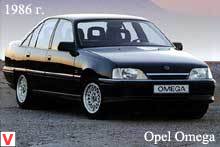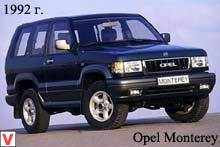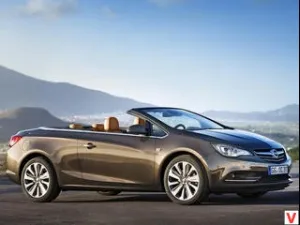
In October 2012, Opel officially unveiled its new cabriolet based on the Astra J 2013, which received its own name Cascada. By the way, Cascada in Spanish means waterfall. True, a funny fact - in the Spanish market Opel Cascada will be sold under the name Opel Cabrio. Initially, they planned to show the novelty at the motor show in Paris, but in the end, the world debut took place at the Geneva Motor Show in the spring of 2013.
The German automaker is not so simple decided to give the cabriolet its own name, distancing the model from the Astra line. The car turned out to be larger (the overall length of the Cascada is 231 mm longer than the three-door Astra GTC hatch and is 4.69 m), and its equipment is noticeably richer. The wheelbase has increased by 71 mm (2.70 m), and the track by 56 mm in front and 70 mm in the rear, the Opel Cascada has outgrown the golf class and the external one is in the middle.
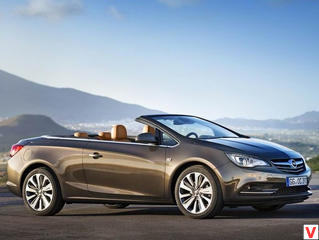
Exterior turned out spectacular. The front end gave aggression with the help of a new front bumper and bonnet with “muscular” under-stamping, fancy lines enliven the sidewalls. When developing the design of the model in the company sought to make the look of a convertible equally solid and balanced with both a raised and a lowered roof.
By the way, the fabric, and not the metal roof is another important difference between Cascada and its predecessor Opel Astra Twin Top. As the developers explain, the fabric top allowed the use of simpler mechanisms, therefore, turned out to be cheaper to manufacture, which affected the price of the machine. The roof rises / falls with the help of electric drives for 17 seconds, including on the go, if the speed does not exceed 50 km / h.
Buyers can choose from three different shades of roof, which are combined with ten variants of body color. Wheels are available in diameters from 17 to 20 inches. The basic equipment for the cabriolet also includes a remote control with which you can control the position of the roof. With the roof folded, the boot capacity is 280 liters, and 350 liters, when unfolded. But in the cabin there are many niches for small things, and in the absence of rear passengers, the backs of the second row of seats can be lowered, freeing up additional space under the luggage. For the first time, several petrol engines and one diesel unit will be offered as power agents for the cabriolet.
The base is a 1.4-liter pipe engine, available in 120 and 140 hp. Both versions have Overboost mode, in which the peak torque can temporarily reach 220 Nm. Next in the line is a 2.0-liter diesel CDTI with a return of 165 hp. (380 Nm).
Unlike the base engine, available only in a pair with six-speed mechanics, this one can also be ordered in combination with a six-speed automatic transmission. Finally, for the Opel Cascada, the new four-cylinder 170-hp (280 Nm) petrol engine SIDI Turbo ECOTEC with a displacement of 1.6 liters, which will soon be offered for other models from the Opel line, is also offered. The interior largely copies the interior of the Opel Astra, but the level of attention to detail is higher here. The dashboard, the center console with a scattering of buttons, the seats with the orthopedic certificate of the AGR association migrated here almost unchanged.
The decoration is widely used leather (for extra charge) - in the top version it is covered with seats, front panel, doors, steering wheel and center armrest. The equipment also includes ventilated front seats, an electric drive for seat-belts, adaptive head optics, LED taillights. Opel took care of the safety of passengers by turning on the rack, airbags, ESP that fired during the coup. The Opel Eye camera, which monitors signs and markings and warns the driver about a possible collision or collision, a dead zone monitoring system and a rear-view camera that helps with parking.
